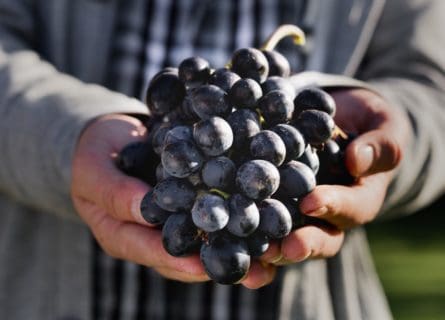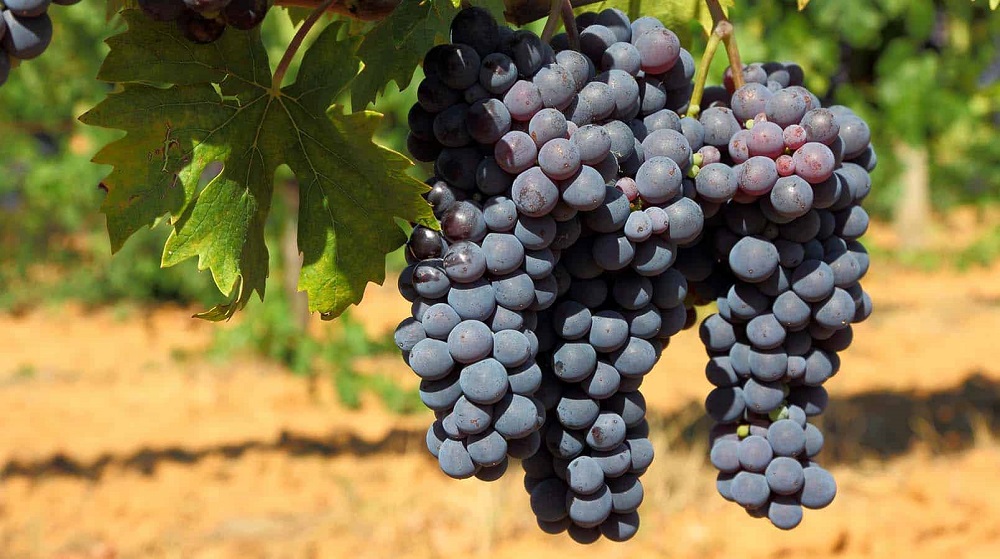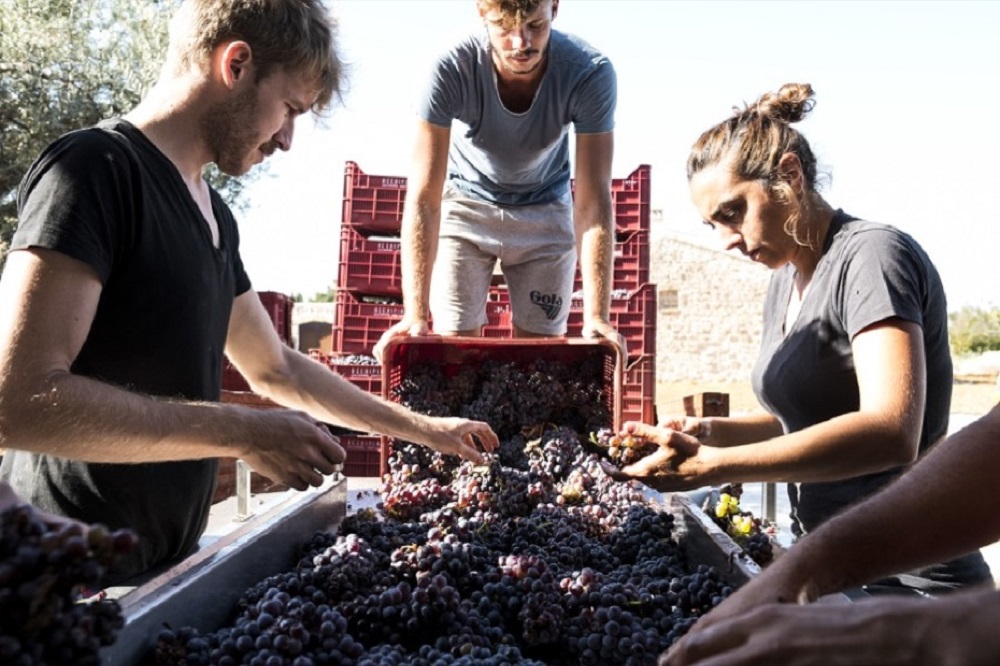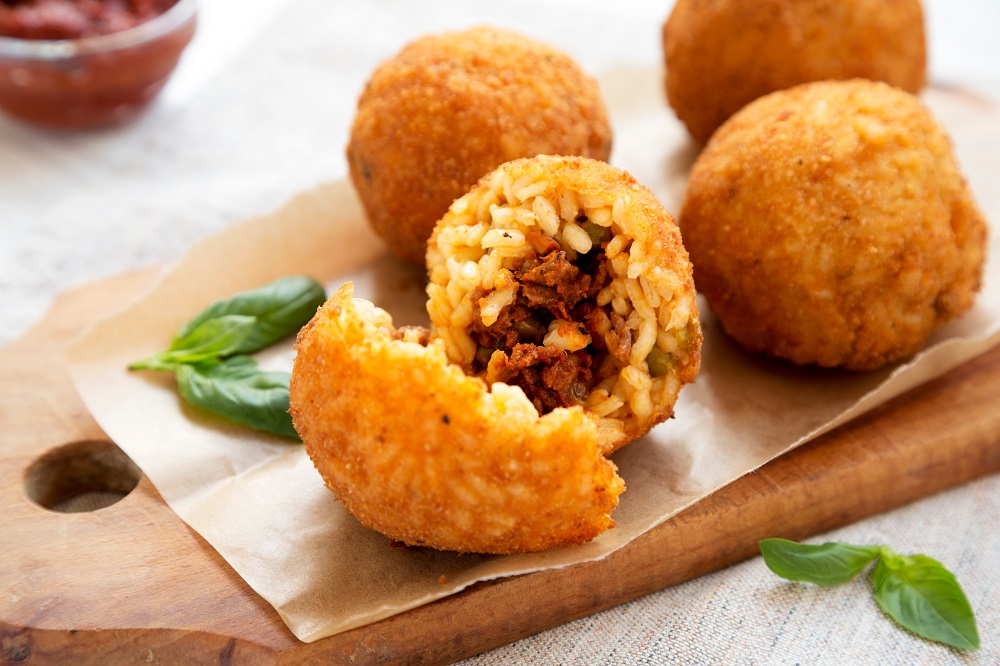
Tempranillo Grape Variety: Spain’s Most Noble Grape
December 5, 2020
Discover Tempranillo: Spain's iconic red grape. From Ribera del Duero to Toro, it yields concentrated wines. Explore its synonyms and unleash its prowess.
By: James lawrence / Last updated: February 3, 2025
Estimated reading time: 7 minutes
Sicily represents the last frontier of Italian viticulture. Piero Antinori and the Marquis Mario della Rocchetta, pioneering winemakers, were busy reinventing Tuscany’s image and creating global icons, while Sicily remained mired in mediocrity and apathy. Encouraged by generous subsidies, the island’s winegrowers focused their energies on ripening vast quantities of grapes for distillation and bulk wine. As a result, the term ‘Sicilian fine wine’ was something of a contradiction in terms; by the 1970s, central Italy was blazing ahead, while the Sicily region remained a fine wine desert.

Guide to Italian Red Wine: Read more
Yet the Tuscan old guard would scarcely recognize this Mediterranean marvel today. The twin savors of innovation and investment have transformed the island’s wine industry. At the same time, international money continues to pour into the slopes of Mt.Etna, which many critics consider as Italy’s most important emerging wine region.
However, while this spectacular volcano and its mountain terroir are an undeniable source of excellent wines (red and white), Etna does not monopolize viticultural excitement. In the Val di Noto region, great things are happening with the Frappato grape variety.
Frappato is yet another indigenous Italian varietal that deserves to be much better known. Scarcely 760 hectares of vineyards are planted worldwide; Sicily accounts for over 85% of global acreage. Even today, Frappato is not a significant fixture in most wine lists, only finding its way into one DOCG appellation on the island. But it is worth seeking out, nonetheless.
Frappato’s origins remain a mystery. Scientists have proven that the grape is a close genetic relative of Sangiovese; however, we know very little about Frappato’s history beyond that. But Sicilian winegrowers can tell us a great deal about handling and nurturing this problematic beast.
The thin-skinned, delicate Frappato is the antithesis of Cabernet Sauvignon. This grape variety thrives in various climates and terroirs, readily producing generous bunches of ripe fruit if allowed to grow unchecked. Frappato, in contrast, is fussy and very ‘specific,’ requiring dry and warm conditions that come so easily to growers in Sicily. Its first preference is to be planted on sandy/calcareous soils with good drainage. Heavier clay soils are acceptable, but the variety will not thrive in this terroir as the soils are too cold. But at the very least, Frappato is not prone to the fungal diseases that plague growers in wetter climes.
No, the central issue with Frappato is yield. Even if the climate and soils are to its liking, the grape will never produce massive bunches laden with ripe berries; undoubtedly one of the key reasons why there is not more Frappato in the world; economics must sometimes trump sentiment. Even its acolytes admit that they could make more money elsewhere. However, their loyalty to Frappato remains partly an antidote to the increasingly homogenized and globalized wine industry.
If the winegrower picks healthy bunches and handles Frappato carefully in the winery, then a delicate and perfume red wine will emerge. The best analogy would be ‘Sicily’s answer to Beaujolais.’ It has the ethereal charm (and light color) of Gamay, merged with the grip of Sangiovese, and a flavor profile that has no equal. Typically high in acidity, Frappato is a most refreshing and distinctive drink. While some producers experiment with new French oak to add structure and mouthfeel, Frappato generally doesn’t benefit from this aging method.
In its youth, Frappato offers irresistible aromas of wild strawberries and cherries, overlaid with notes of violets and lavender. These pungent ‘flowery’ characteristics will mellow and evolve into white pepper, cinnamon, cloves, and tobacco flavors with age. Most Frappato is ready to drink upon release, yet the more structured examples can effortlessly age for 5-10 years. Today, most Frappato is blended with other grape varieties – most commonly Nero d’Avola.
Nevertheless, seeing more wineries releasing single-varietal interpretations of the grape has been encouraging. Arianna Occhipinti, Donnafugata, and Planeta make excellent versions—fresh, fragrant wines with ripe acidity and beautiful tannins. Traditionally aged in old wood barrels before release, Occhipinti pioneered maturation in ceramic amphora; this contributes a distinctly saline quality to the wines, adding an extra dimension to an already delicious grape variety.
Frappato blends can be equally enjoyable, especially when Frappato’s elegance and finesse harmonize with Nero d’Avola’s power and concentration. Adding other grapes to the blend undoubtedly subdues Frappato’s signature perfume and finesse.

So, where can we sample these delicious and hard-to-find red wines? If you head southwest of Catania, you’ll arrive at Frappato’s heartland: Cerasuolo di Vittoria. Boasting a wine-growing tradition stretching back to the 3rd century BC, this territory is the sole recipient of DOCG status in Sicily thus far. Promoted from the humble ranks of DOC in 2005, the appellation encompasses a wide area, stretching from the spectacular hilltop city of Ragusa to Riesi in the west. Over 70 square kilometers of land is under vine, planted on calcareous soils with greater sand and/or clay concentrations in certain sub-zones. The limestone terroir and Sicily’s reliably dry and hot summer weather ensure that Frappato thrives here.
According to the DOCG rules, winemakers can craft 50/50 blends of Nero d’Avola and Frappato, although the regulations allow the former to dominate (up to 70%). Wines aged for at least 18 months before release qualify for an additional “Classico” designation. The best examples are powerfully structured and refined, with enough tannin and ‘stuffing’ to age for 15-20 years.
The Vittoria DOC and the newer IGT Terre Siciliane designation allow for single-varietal Frappato production. The loose regulations of the IGT (Indicazione Geografica Tipica) designation are attractive to many producers. They can craft blends or single-varietal wines with minimal restrictions on grape percentages.
In the current global context, Frappato represents everything wonderful about Italian red wine. Although international varieties continue to make inroads in regions as diverse as Tuscany, Puglia, and Piedmont, Sicily’s proud growers have (largely) defended their traditions and indigenous grape varieties. As a result, Italy has more original flavors and wine styles than any other in Europe. And Sicily, once maligned and derided, has become a destination that merges the best elements of innovation with time-honored practices. It may be controversial to say so, but no New World region can match the excitement or novelty emanating out of Europe’s oldest winemaking country.
Of course, you could play it safe and plump for a Chilean Merlot or Aussie Shiraz. They’re both great, safe choices. But too many safety cloys in the end, leading to tedium. So why not take a chance on the unexpected and allow Frappato’s charms to work their magic? This grape variety is a true original, and they don’t come along often.

Incidentally, both styles of Frappato will shine at the dinner table. As you would expect, gastronomy is of the utmost importance to Sicilians; local cuisine is robust and hearty, with an understandable emphasis on seafood, seasonality, and fresh ingredients. Fresh Arancini, a regional specialty, is to die for: risotto rice mixed with cheese (or other ingredients) and then deep-fried. Several local interpretations of this wonderful snack include some cooks filling their Arancini with chicken livers, while others prefer saffron, ragu, peas, and mozzarella. Polpette di Cavallo is another favorite – horsemeat meatballs prepared with eggs, Parmesan, parsley, lemon, and breadcrumbs. They are delicious when deep-fried, either as a mid-day treat or as a restaurant entree. Frappato’s vibrant acidity and intense aromatics cut across such intensely flavored dishes easily, creating a balanced food & wine marriage.
If you would like us to customize an exclusive luxury tour, contact us and let us know your travel plans. We offer luxury food and wine tours for private groups of a mininium two guests. In addition, all of our private, chauffeured tours are available year-round upon request.

